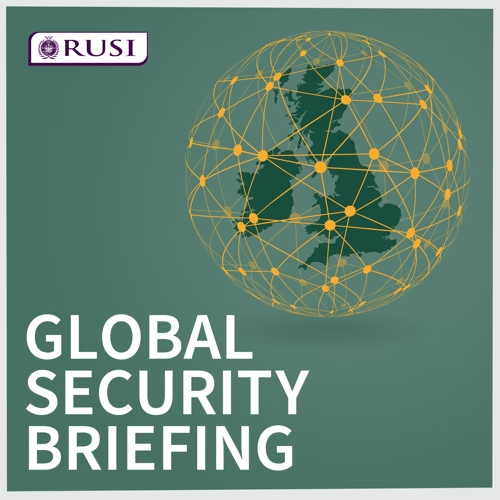
Bra podd
Sveriges mest populära poddar
Konst (1963)Religion och spiritualitet (1902)Utbildning (1669)Samhälle och kultur (1582)Fritid (1472)Teknologi (1341)Musik (1333)Vetenskap (1214)TV och film (1223)Nyheter (1095)Historia (1019)Barn och familj (943)Hälsa och motion (925)Näringsliv (952)Skönlitteratur (867)Kristendom (734)Böcker (649)Komedi (610)Verkliga brott (514)Sport (542)Andlighet (528)Självhjälp (508)Stat och kommun (448)Hobbies (398)Sällskapsspel (385)Drama (334)Musikkommentarer (325)Mental hälsa (319)Föräldraskap (307)Musikintervjuer (301)Spel (293)Politik (281)Dokumentär (260)Språkkurs (241)Samhällsvetenskap (216)Science fiction (214)Entreprenörskap (205)Filmrecensioner (204)Dans och teater (197)Mat (189)Tekniknyheter (190)Islam (185)Musikhistoria (184)TV-recensioner (179)Investering (176)Mode och skönhet (175)Efterprogram (172)Berättelser för barn (176)Så gör man (174)Visuell konst (170)Naturvetenskap (156)Relationer (152)Design (152)Personliga dagböcker (147)Nyhetskommentarer (130)Natur (129)Life Science (126)Filmhistoria (125)Alternativ hälsa (120)Hus och trädgård (117)Fordon (114)Medicin (114)Filosofi (116)Fotboll (115)Utbildning för barn (115)Kurser (114)Karriär (109)Komedifiktion (106)Ledarskap (106)Djur (96)Underhållningsnyheter (93)Religion (82)Filmintervjuer (77)Affärsnyheter (74)Dagliga nyheter (72)Komediintervjuer (72)Hantverk (71)Motion (66)Marknadsföring (57)Judendom (57)Näringslära (57)Sexualitet (51)Buddhism (52)Sportnyheter (52)Geovetenskap (48)Hockey (47)Platser och resor (42)Flyg (38)Fysik (36)Amerikansk fotboll (34)Ideell (34)Astronomi (33)Löpning (31)Improvisering (30)Animering och manga (29)Vildmarken (24)Golf (12)Hinduism (16)Kemi (16)Matematik (16)Basket (10)Fantasysporter (10)Ståupp (8)Tennis (8)Baseball (3)Brottning (2)Cricket (2)RugbySimning
Start / Daily Security Review

Daily Security Review, the premier source for news and information on security threats, Ransomware and vulnerabilities
Avsnitt
Podden Daily Security Review är skapad av Daily Security Review. Poddens innehåll och bilderna på den här webbplatsen hämtas med hjälp av poddens RSS-flöde.
Vad är en podd?
En liten tjänst av I'm With Friends. Finns även på engelska.
00:00 -00:00
00:00 -00:00




